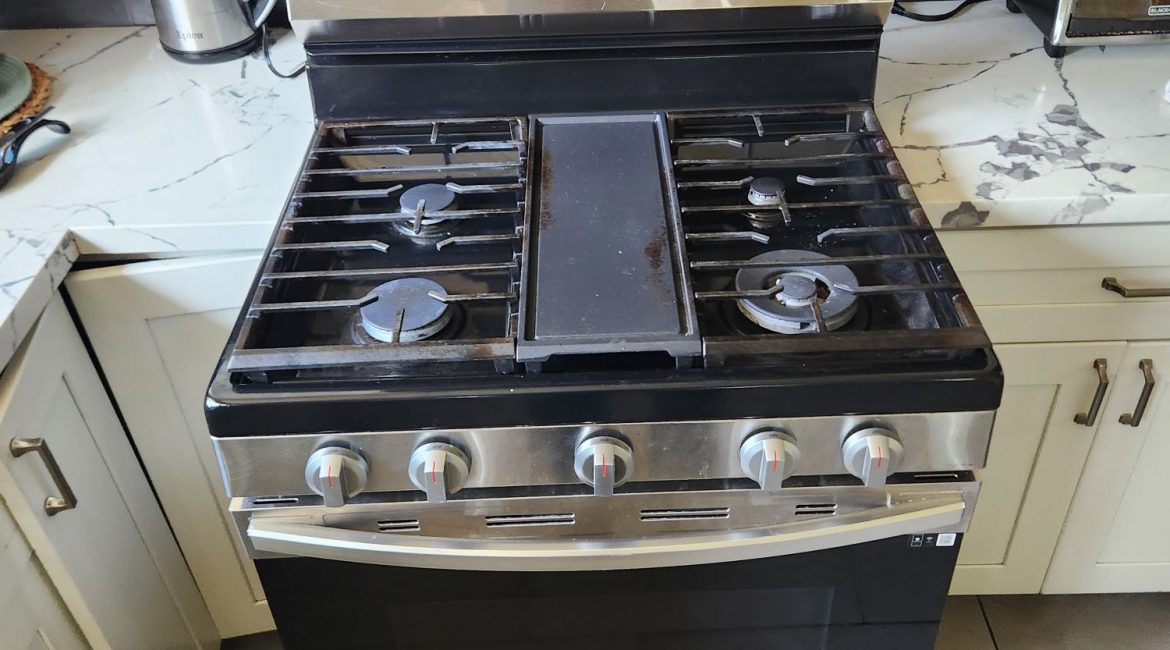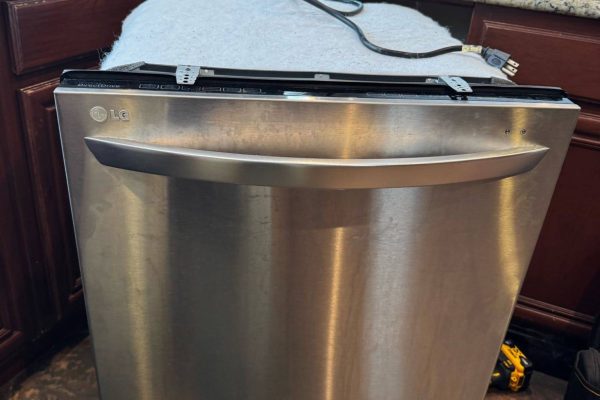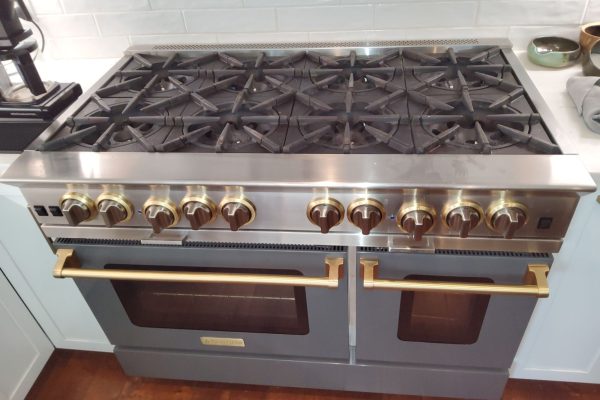Modern cooktops, whether induction, ceramic, or electric, are packed with advanced electronics that improve performance, safety, and convenience. But when something goes wrong, these smart systems often respond by displaying flashing error codes. While these codes are designed to help users and technicians diagnose problems quickly, for most homeowners, they appear as cryptic signals that cause confusion and frustration.
So, what do these flashing indicators mean, and how should you respond? Understanding these signals can help you prevent further damage and ensure your cooktop is repaired properly and promptly.
Why Cooktops Display Error Codes
Flashing error codes are a cooktop’s way of communicating an internal problem. Instead of vague signs like “not heating” or “making noise,” error codes provide targeted information to pinpoint the issue. These codes are often composed of letters and numbers (e.g., E1, F3, U400), and their meanings vary depending on the brand and model of the appliance.
Some of the most common reasons your cooktop might flash an error code include:
- Overheating
- Sensor malfunction
- Faulty electronic components
- Incorrect pan usage (especially with induction cooktops)
- Power supply problems
- Child lock activation
- Fan or cooling system errors
Common Error Codes and Their Meanings
While every manufacturer has a unique system of codes, here are some of the most frequently encountered across various models:
- E0 / E1 – No or Improper Pan Detected
This is common with induction cooktops. It signals that the cookware isn’t compatible or that there’s no pan on the burner. Ensure you’re using induction-compatible pots with flat bottoms. - F1 / F2 – Sensor or Touchpad Fault
These codes usually relate to issues with temperature sensors or touch controls. It could be a result of moisture, dirt, or internal damage. - E3 – Overvoltage / Power Supply Issue
Your cooktop may flash this code if the voltage supplied is too high. This could indicate a problem with the power source or internal wiring. - F5 – Overheating Detected
This signals that the cooktop or a specific burner has become too hot. It often triggers an automatic shutoff for safety reasons. - U400 – Incorrect Electrical Connection
Typically seen when the unit is connected to an unsuitable or unstable power source. This should be addressed by a professional technician. - L / Lo / Child Lock Activated
Not exactly an error, but this indicator signals that the child lock is on. The cooktop won’t respond until the lock is deactivated. - F9 – Fan Error
Some models use internal cooling fans. If they malfunction, you might see an F9 code. This can lead to overheating if not resolved.
What Should You Do When You See an Error Code?
- Don’t Panic
A flashing code is often a safety precaution. In many cases, the issue is minor and can be resolved without extensive repairs. - Refer to the User Manual
Your cooktop’s user guide should include a table of error codes specific to that model. This will give you a clearer understanding of what the problem is. - Perform a Basic Check
Ensure the cookware is compatible, the cooktop surface is clean and dry, and the power connection is stable. - Try a Reset
Unplug the cooktop or switch off the circuit breaker for a few minutes, then restore power. This might clear minor faults or software glitches. - Avoid DIY Repairs
If the issue persists or the code suggests a hardware fault, it’s best not to open or tamper with the cooktop. These devices have complex electronics that can be damaged further without proper tools or training.
When to Call a Professional
Persistent error codes, power issues, overheating, or problems involving internal sensors or components are strong indicators that your cooktop requires professional attention. Ignoring these signs or attempting makeshift fixes can worsen the situation or create a fire hazard.
Technicians have diagnostic tools and brand-specific knowledge to interpret codes accurately and carry out the necessary repairs safely.
Don’t Ignore the Warning Signs
Flashing error codes might seem like an inconvenience, but they’re actually built-in safety features that help prevent dangerous outcomes and costly damage. The sooner you respond, the better your chances of resolving the issue efficiently.
Call the Experts at Oceanside Appliance Service Center
If your cooktop is flashing unfamiliar codes or has stopped working altogether, the experienced team at Oceanside Appliance Service Center is here to help. We provide expert diagnostics, reliable repairs, and excellent customer service for all major cooktop brands.
Don’t risk further damage or safety hazards — let our certified professionals restore your cooktop to perfect working condition.
Call us today or schedule your service online with Oceanside Appliance Service Center — your local partner in safe, reliable appliance repairs.
Contact us


